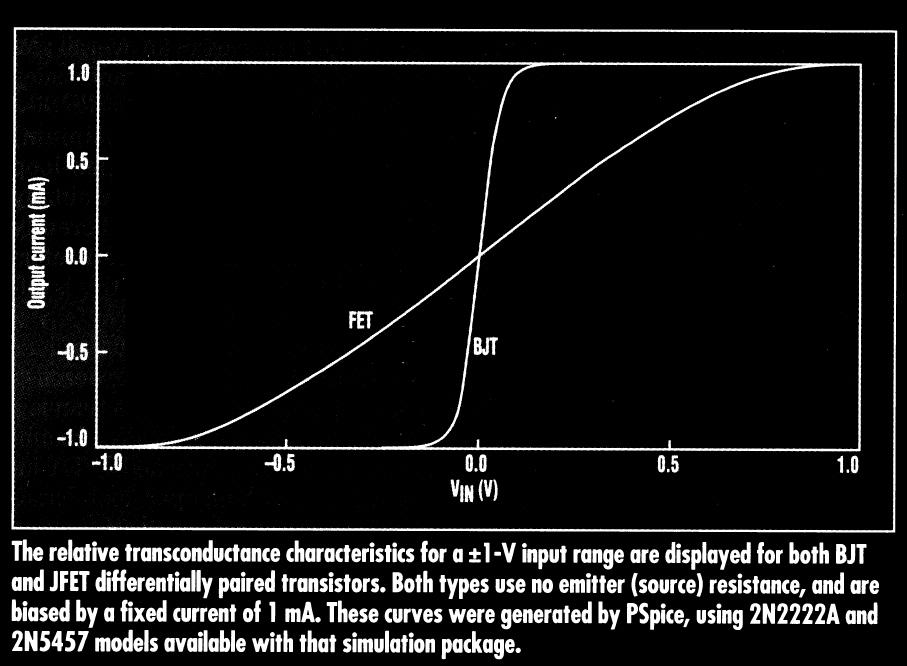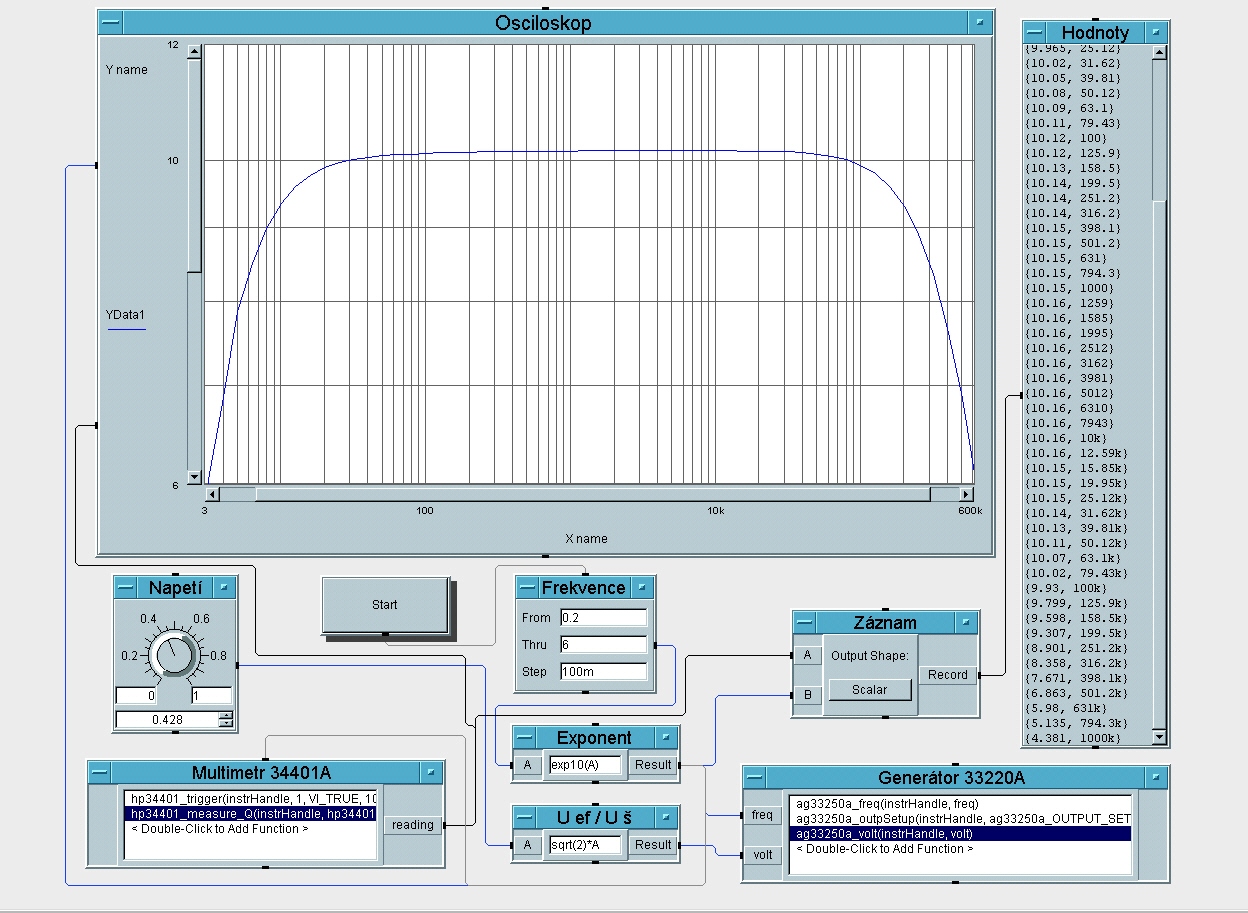The third condition is that it is stable.
The term db (v (C) / (v (A)-v (B))) is not loop gain!
Tuning global feedback capacitors is only compensation of input capacity and feedback dividers.
The term db (v (C) / (v (A)-v (B))) is not loop gain!
Tuning global feedback capacitors is only compensation of input capacity and feedback dividers.
at least this thread will allow him to improve his english, so in the future
..
English language is my weakness.
I know I am not saying anything new. I'm more devoted Vdif. My pattern was Walter Jung.

It is a pity that today, losing those who are interested in how that works.
It is not important whether bias AM or FM modulation. AM and FM have a lot in common and not to separate them 100% separated. It is important that the bias could be not heard.
Federmann, PLEASE read Berrie Gilbert's article, 'Are Op Amps Really Linear?' This is very important. Walt Jung approves of this article and MAY have this article on his WALT JUNG website.
Unfortunately, I just spoke to Walt Jung, and his does NOT have this article on his website, BUT he has many similar insights in his ED series of articles. You might check those out first.
Here it is together.
http://www.diyaudio.com/forums/digital-source/55422-barrie-gilberts-articles.html
http://www.diyaudio.com/forums/digital-source/55422-barrie-gilberts-articles.html
English language is my weakness.
QUOTE]
it doesn t matter, you are a very skilled mathematician,
it s the most important...
Look, I have got a feeling of a completely non-constructive debate. The graphs shown here are pretty elementary, only wrapped in a confusing Vdiff package. Nothing has been reasoned on 'influence of the delay amplifiers for listening characteristic' (borrowed from the title of the thread).
Sorry John, this is not any 'instant' criticism. We have been waiting several years for any proof of these claims shown here, and for real results. It is still only pseudo-scientific, purely virtual discussion and purely virtual reasoning.
Federmann, PLEASE read Berrie Gilbert's article, 'Are Op Amps Really Linear?' This is very important. Walt Jung approves of this article and MAY have this article on his WALT JUNG website.
Thank you very much, I found the article here. The text is excellent. I see that much has already been explained. Barrie Gilbert states 18mV, it corresponds with my findings.
Thank you very much
Then to continue you could read:
Slope Distorsion and Amplifier Design.
Peter Garde
JAES vol 26 no3
/örjan
Slope Distorsion and Amplifier Design.
Peter Garde
JAES vol 26 no3
/örjan
Sorry John, this is not any 'instant' criticism. We have been waiting several years for any proof of these claims shown here, and for real results. It is still only pseudo-scientific, purely virtual discussion and purely virtual reasoning.
No theory, but many years of experience. Vdif is warranted, as well as delays. Barrie Gilbert wrote a very interesting text. Now I know that my way is correct.
Vdif is dependent on the output voltage, gain and frequency. Gain and bandwidth of the input differential pair is dependent on the current.
According to Barrie Gilbert, a great cause Vdif distortion, in my opinion are increasing mutual modulation. Today, I confirmed that QQF 500kHz bandwidth is insufficient. Measured very many pieces, and all the same. No theory.

The topology HQQF not want to have fun. I did not tell the principal parameters. When the time comes, everything post. Let's please consider the possibility of an amplifier, according to the rotation of the output voltage.
Thank you
Barrie Gilbert, Are Op Amps Really Linear?
„If you have the patience to follow through with the rest of this analysis, you'll discover that the gain magnitude is different; that there is significant odd-harmonic distortion even at frequencies well below the unity-gain crossover; and that the phase angle is not only a function of frequency, but also of amplitude -- that is, the op amp generates a peculiar kind of amplitude-to-phase modulation, something which one should not expect of a linear system. But, then, an op amp is by no means as pristine in this respect as the textbooks suggest, and that gm cell has very strong open-loop distortion for even quite small inputs.
To anticipate our analysis, it is found that the third-harmonic distortion of a simple bipolar differential pair reaches 1% for a sinewave input amplitude of about 18 mV at 27ýC. Now, recall that the open-loop ac gain is only 1/, and consider what the nonlinear differential input (the error voltage V in Fig. 2) must be to provide a 10-V sinewave output at, say, one-hundredth of 1, we will find it to be a whopping 100 mV, much higher that the 1% voltage, and some 10% of the 1-V input at a gain of 10. Our question is, what will be actual differential error voltage be in practice, and the actual distortion? Finding the answers requires a bit more mathematics, with the device nonlinearities included.“
Barrie Gilbert addressed operational amplifier. I have dealt with the input differential pair of discrete amplifiers. The similarity is not coincidental. Barrie Gilbert also spoke about modulation.
„If you have the patience to follow through with the rest of this analysis, you'll discover that the gain magnitude is different; that there is significant odd-harmonic distortion even at frequencies well below the unity-gain crossover; and that the phase angle is not only a function of frequency, but also of amplitude -- that is, the op amp generates a peculiar kind of amplitude-to-phase modulation, something which one should not expect of a linear system. But, then, an op amp is by no means as pristine in this respect as the textbooks suggest, and that gm cell has very strong open-loop distortion for even quite small inputs.
To anticipate our analysis, it is found that the third-harmonic distortion of a simple bipolar differential pair reaches 1% for a sinewave input amplitude of about 18 mV at 27ýC. Now, recall that the open-loop ac gain is only 1/, and consider what the nonlinear differential input (the error voltage V in Fig. 2) must be to provide a 10-V sinewave output at, say, one-hundredth of 1, we will find it to be a whopping 100 mV, much higher that the 1% voltage, and some 10% of the 1-V input at a gain of 10. Our question is, what will be actual differential error voltage be in practice, and the actual distortion? Finding the answers requires a bit more mathematics, with the device nonlinearities included.“
An externally hosted image should be here but it was not working when we last tested it.
Barrie Gilbert addressed operational amplifier. I have dealt with the input differential pair of discrete amplifiers. The similarity is not coincidental. Barrie Gilbert also spoke about modulation.
You are already tiresome, Federmann...there are nowhere written about some transistor sound, like you are claiming...make some creditable measuring on real sample of amp, including listening comparison, not only simulations...and answer my question...
It's Christmas time, Pavel 😉. Merry Christmas and a Happy New Year.
Bohumil, we have known these Barrie Gilbert articles for many years. All the best to Becva Silicon Valley as well.
Bohumil, we have known these Barrie Gilbert articles for many years. All the best to Becva Silicon Valley as well.
You are already tiresome, Federmann...there are nowhere written about some transistor sound, like you are claiming...make some creditable measuring on real sample of amp, including listening comparison, not only simulations...and answer my question...
I see that you still not understand that this is a real measurement. A few years ago the fiber with 1209 posts. This thread is about something else, so I will not repeat over and over. If you are interested in QQF, here is the thread.
- Status
- Not open for further replies.
- Home
- Amplifiers
- Solid State
- Influence of the delay amplifiers for listening characteristics